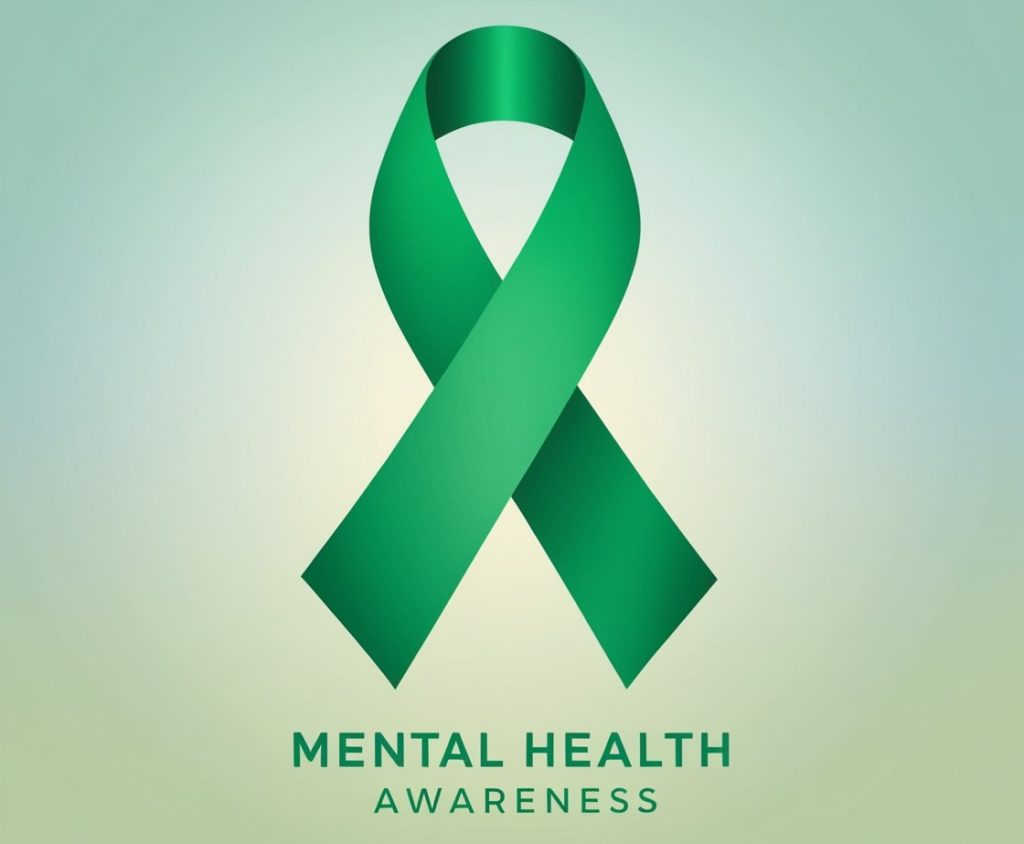
Mental health awareness has gained increasing recognition in recent years, with more people discussing and understanding the importance of mental well-being. A powerful symbol of this movement is the mental health awareness color — the color green. But why green? What does it represent? In this guide, we’ll dive into this color’s history, symbolism, and significance in mental health awareness and explore how it’s used in campaigns and everyday life.
Table of Contents
History and Symbolism of the Mental Health Awareness Color
The color green has been associated with mental health awareness for decades. The green ribbon is a universal symbol for mental health, much like how pink is used for breast cancer awareness. But why green? The origins of using green can be traced back to a few reasons:
- Hope, renewal, and healing: Green has long been considered a color representing these qualities. Mental health, much like the growth of plants, requires care, attention, and time to flourish. The green ribbon symbolizes growth, change, and the possibility of recovery.
- Historical context: In the 1800s, those who were deemed mentally ill were often placed in asylums and treated harshly. Some early advocates chose green as a way to express compassion and to challenge the stigma associated with mental health.
The green ribbon was officially adopted in 2001 by the National Alliance on Mental Illness (NAMI), a major mental health organization. Since then, it has become a recognized symbol worldwide, used to break the stigma surrounding mental health disorders.
Mental Health Awareness Campaigns and Events
Mental Health Awareness Month in May is one of the most important times when the green ribbon is seen everywhere. Across the globe, organizations, communities, and individuals wear green ribbons to show solidarity with those who are struggling with mental health conditions.
During this time, many campaigns highlight the need for mental health care and promote resources and support for individuals. Here are a few notable events and initiatives where the green ribbon plays a significant role:
- World Mental Health Day (October 10th): An international day for mental health education, awareness, and advocacy.
- Mental Illness Awareness Week: A week dedicated to raising awareness about mental health conditions, often held in the first week of October.
- Local and community mental health events: These include mental health walks, fundraisers, and workshops that bring together people passionate about mental health.
Wearing a green ribbon during these events is a small but impactful way to show support, promote awareness, and reduce the stigma surrounding mental health.
How to Show Support Using the Mental Health Awareness Color
Using the mental health awareness color isn’t limited to campaigns and events. There are many ways to incorporate the green ribbon or the color green into your daily life to show support:
- Wear green: You can wear a green ribbon on your clothing or accessories, such as a bracelet, pin, or hat, to spark conversations about mental health.
- Social media: Many individuals change their profile pictures to include a green overlay or a green ribbon during awareness months. It’s a simple but effective way to raise awareness among your social circles.
- Green decor: Some people decorate their homes, offices, or event spaces with green decorations during mental health events to show their support and bring more attention to the cause.
- Business support: If you own a business, you can incorporate the mental health awareness color into your branding or marketing efforts during campaigns to show solidarity and support.
Other Colors Associated with Mental Health Awareness
While green is the primary color used for mental health awareness, other colors represent specific mental health causes. These include:
- Purple: Represents suicide prevention and is often seen during Suicide Prevention Awareness Month in September.
- Blue: Represents support for eating disorder awareness.
- Yellow: Symbolizes happiness and positivity but is also used to represent suicide awareness in some campaigns.
While green is the central color for mental health awareness, understanding the broader spectrum of colors can help support other specific causes related to mental health.
Conclusion: Why the Mental Health Awareness Color Matters
The mental health awareness color, green, stands as a beacon of hope, growth, and support for individuals struggling with mental health issues. By wearing or displaying the green ribbon, you help raise awareness, promote understanding, and reduce the stigma often associated with mental illness. Whether you’re participating in Mental Health Awareness Month or want to show solidarity, the color green is a powerful way to make an impact.
Take part in this movement by wearing green, engaging in discussions, and supporting mental health campaigns. Every action, big or small, contributes to a world where mental health is prioritized and the stigma surrounding it is shattered.